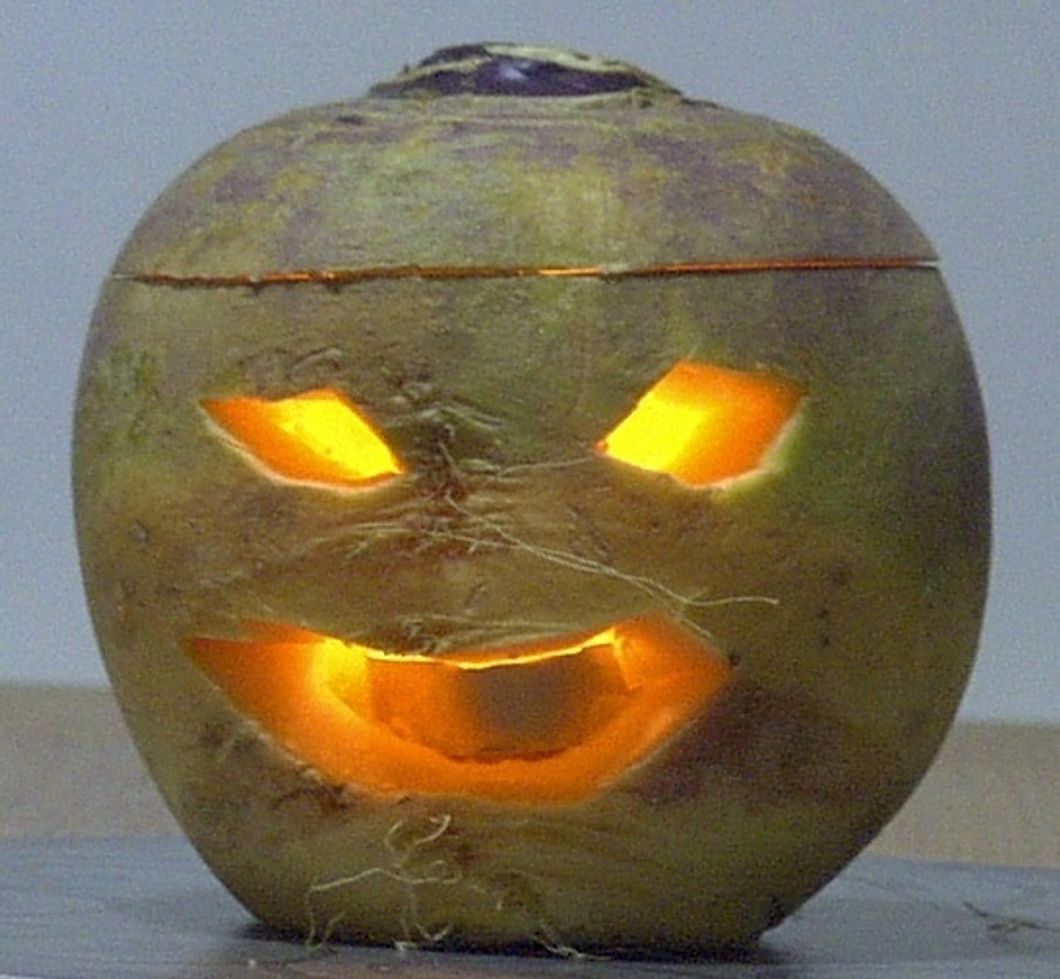In short, systematic racism refers to the fact that racism is intertwined with our societal structures.
In "Racist America: Roots, Current Realities, & Future Reparations,"
Sociologist Joe Feagin defines systematic racism as, “…the complex array of anti-black practices, the unjustly gained political and economic power of whites, the continuing economic and other resource inequalities along racial lines and the white racist ideologies and attitudes created to maintain and rationalize white privilege and power. Systemic here means that the core racist realities are manifested in each of society's major parts […] the economy, politics, education, religion, the family."
This article plans to break down some of the main types of racism.
1. Overt Racism
Overt racism, simply put, is racism that is obvious and intentional.
We are at a time in America where racial tension has become the main component of the daily news cycle. It would seem as though the efforts to end racial tension and create a unified America have somehow been put in reverse. Your (because he ain't my) Cheeto-in-Chief has done everything from referring to Mexican and Mexican Americans as “bad hombres," rapists and murders; to call Trayvon Martin a “thug;" fail to denounce Neo-Nazis and insinuate that he can't do more to help Puerto Rico after hurricane Maria because they are on an island, surrounded by water, big water, ocean water…
What a time to be alive!
White Supremacy is the racist ideology that white people are superior to all other racial groups. This way of thinking relies heavily on pseudoscience, which allows for beliefs and practices to be claimed as scientific without actual scientific evidence being present.
The Ku Klux Klan is a group most commonly associated with white supremacy in the United States. They not only openly discriminate based on skin color and religion, they also believe in racial purity and their goal is to expand their race, which is what they believe to be the “master race." Many white supremacy groups like the KKK physically assault and murder those they oppose.
Another group often associated with white supremacy are Nazi's. We thought we left them back in WWII in Germany, but they are actually still around today. Infamously, German Nazis mass-murdered millions of Jews during WWII. Their goal, again, was racial purity. One Nazi doctor, Dr. Josef Mengele performed deadly human experiments at Auschwitz. He performed experiments on twin children to “unlock" the “secrets of heredity." His goal was to find ways to expand the Aryan race.
The Mengele Twins, as they were known, suffered through mysterious injections in various parts of their bodies, including their eyes; organ removal; amputation and blood transfusions. For many, the experiments were deadly. Today, we face Neo-Nazism, the movement hoping to create the Fourth Reich, otherwise known as the revival of Nazism.
Other instances of modern-day overt racism include schools asking students with dreads and afros to cut or chemically straighten their hair, the n-word, referring to Native American's as “red sk*ns," fashion designers openly excluding people of color from ads because they feel it makes them seem more “appealing," Barack Obama's face photoshopped onto a monkey and White college kids chanting “build that wall" while wearing a sombrero and sipping margaritas on Cinco de Mayo.
2. Covert Racism
Covert racism involves the subconscious and expresses itself subliminally. Often times people will deny racism exists, but still, have a negative view of Black or brown people.
This manifests itself in the subtle mistreatment of Black and brown people.
While a white child may be able to throw a temper tantrum in front of his kindergarten teacher and have it chalked up to exhaustion or too much sugar, a Black child will often be looked at as coming from a “bad" or “unstructured" home.
3. Institutionalized Racism
Institutionalized racism is racism that is embedded in both social and political structures including policies, ideas, and behaviors. This type of discrimination can be both deliberate and unintentional, but it is much more subtle and less identifiable than overt racism. Individuals within the dominant group may sometimes be unaware they perpetuate or condone institutionalized racism. We often see this type of discrimination take place in housing, education, as well as healthcare and other sectors.
You may have heard of the film, "Miss. Evers' Boys," starring Alfre Woodard. If you haven't, I recommend it. The film is based on the true story of the now infamous Tuskegee Experiments--the decade's long clinical study where African American men were unknowing injected with syphilis after being told they were receiving free healthcare from the federal government for the treatment of “bad blood."
Not only were these African American men used guinea pigs, but when the cure for syphilis--penicillin--was discovered, doctors in the study failed to treat them for research purposes. For these researchers, studying the progression of syphilis was much more important than the Black lives they destroyed. Not just the men in their study, but the families and communities of these men. For them it wasn't racism, it was work.
Racial profiling is another form of institutionalized racism. African Americans, Hispanics and those of Middle Eastern descent are more likely to be routinely profiled and are disproportionally targeted by police (and TSA). While it's easy to believe that people of color commit more crimes or commit more acts of terrorism, statistics prove this to be false. In fact, most crime rates are the same across racial lines, proving anyone of any color can be “bad hombres." This false sense of fear towards urban communities, however, leads to the over-representation of police in urban areas.
One last example of institutionalized racism that comes to mind involves education. When a neighborhood sees a growth in the number of Black and brown residents in a particular area and white residents move out, cities tend to lower the property tax. That sounds great, right? Well, property taxes are what fund public schools (not the federal government).
In most places in the United States, cities practice school zoning so that children who live within a particular zone all go to the same school. So what happens when property taxes are low in urban neighborhoods? Public schools receive less funding; less funding for books, supplies, extracurricular activities, sports and even teachers. There is also a higher student to teacher ratio. And because public school teachers don't choose where they teach, many schools within these neighborhoods receive new and inexperienced teachers, as well as, for lack of a better word, “shitty" teachers.
So, you may be asking what you can do to help end racism. Well, for one, you can listen and validate when people of color tell you that something is racist, as well as practice empathy. You can make a conscious choice to ignore racist assumptions you catch yourself having about people of another race. And of course, if you see something, say something. There is never a downside to doing the right thing.

















